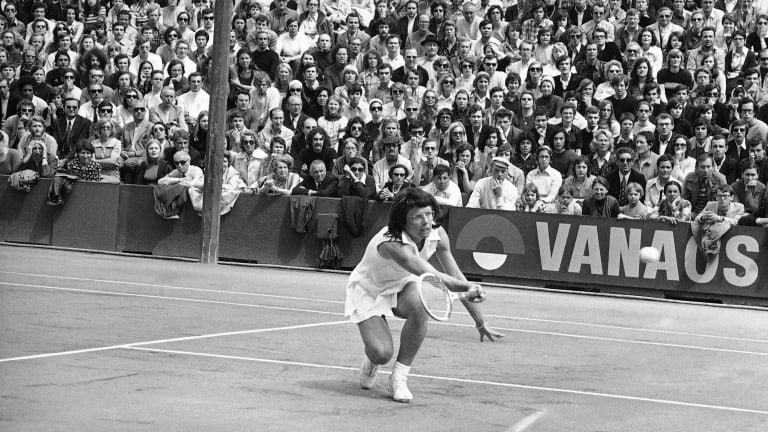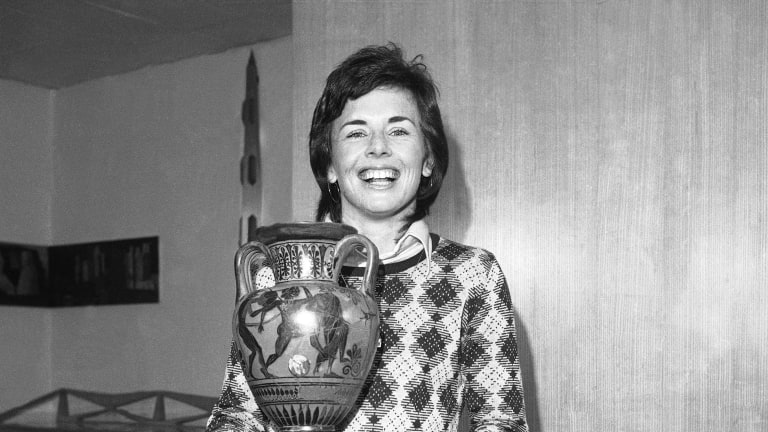Today we complete a two-part look back at Billie Jean King's one and only Roland Garros title—won 50 years ago, in 1972, and which completed a career Grand Slam for the American. (The above photo shows King in action during her final-round win over Evonne Goolagaong) Earned on the terre battue in Paris, it was BJK's training on California hard courts that helped pave her eventual path to the championship. Here's how:
Tennis.com Interview
Billie Jean King’s Battle of Roland Garros was won on the hard courts of Southern California (Part 2 of 2)
By May 20, 2022Tennis.com Interview
The Lindsay Davenport Era of Billie Jean King Cup begins
By Apr 12, 2024Tennis.com Interview
Simona Halep is happy to provide an accountable explanation, while ready to move forward
By Apr 12, 2024Tennis.com Interview
Vlada Hranchar: The Journey of a Prodigy
By Apr 04, 2024Tennis.com Interview
Happily married, a calmer, quieter Anastasia Potapova aims to make noise in Indian Wells
By Mar 11, 2024Tennis.com Interview
Rock and roll fan Ugo Humbert rocking out harder than ever with the band behind him
By Mar 11, 2024Tennis.com Interview
Alex Michelsen comes full circle at Indian Wells
By Mar 07, 2024Tennis.com Interview
For Danielle Collins, saying goodbye in 2024, Indian Wells will always be significant
By Mar 06, 2024Tennis.com Interview
Holding Court with... Michael Russell, coach of Taylor Fritz with an unbreakable poker face
By Feb 26, 2024Tennis.com Interview
Bob Bryan aims to build brotherhood culture as U.S. Davis Cup captain
By Jan 31, 2024Tennis.com Interview
Billie Jean King’s Battle of Roland Garros was won on the hard courts of Southern California (Part 2 of 2)
“I knew I wanted to at last win the French.” The trailblazer made it happen during her banner 1972 season.
Published May 20, 2022

© ASSOCIATED PRESS
Advertising

Along with John Wooden, King was named the Sportsperson of the Year by Sports Illustrated in 1972—the first female athlete to receive the award from the publication.
© 1972 AP